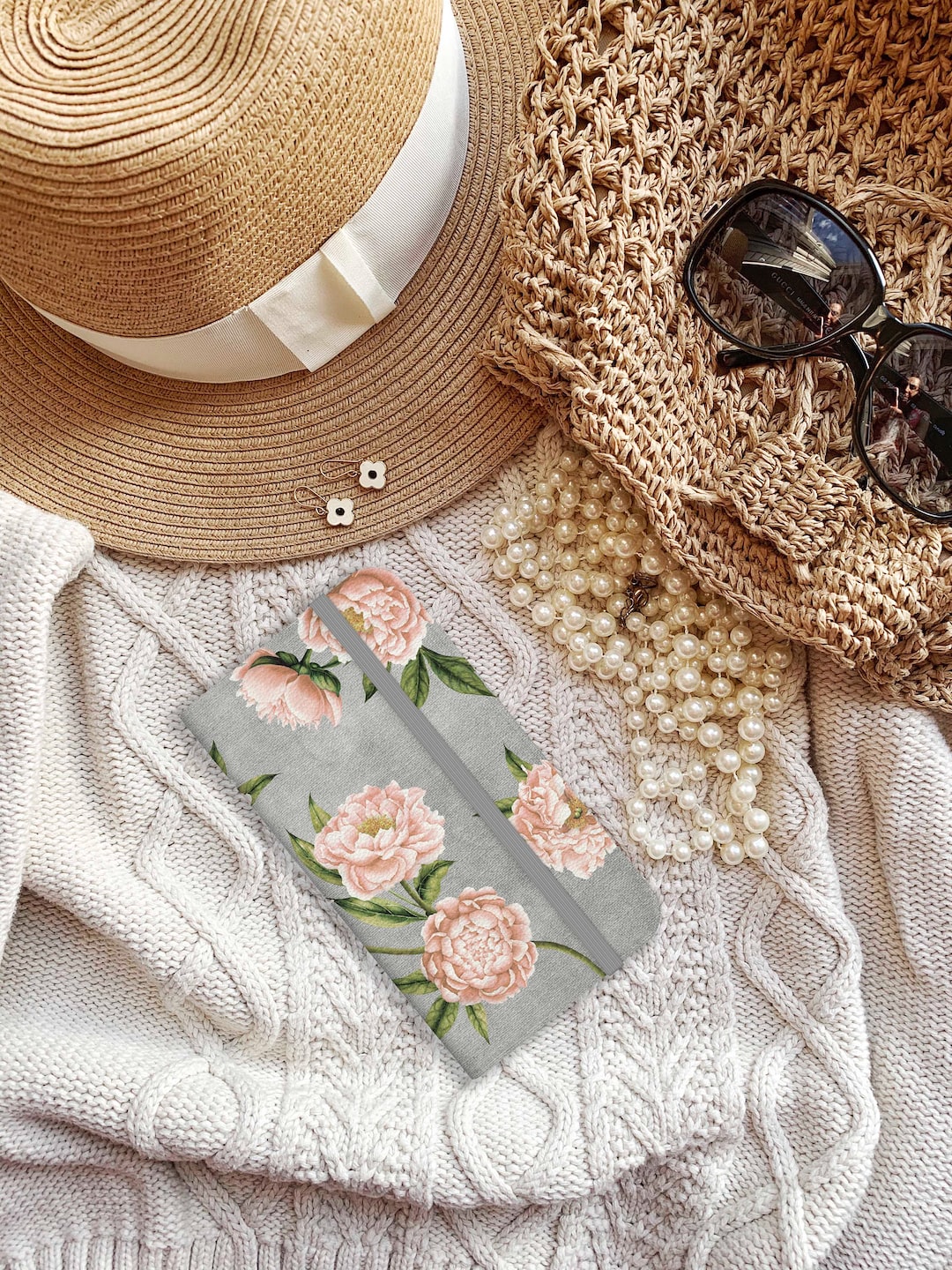The Power of Colors: How to Use Color Psychology in Your Outfits
Did you know that the colors you wear can have a significant impact on your mood, emotions, and even how others perceive you? This fascinating concept is known as color psychology, and it can be a powerful tool to enhance your personal style. Whether you’re dressing up for a special occasion or simply want to boost your everyday confidence, understanding how to use color psychology in your outfits can make a real difference.
Let’s explore the world of color psychology and how to incorporate it into your wardrobe effectively.
Colors and Emotions:
Colors have a unique ability to evoke specific emotions and feelings. For example, warm colors such as red, orange, and yellow are often associated with energy, confidence, and excitement. Consider wearing these colors when you want to make a bold statement or stand out in a crowd.
On the other hand, cool colors like blue, green, and purple tend to promote calmness, creativity, and trust. If you’re in a stressful environment or want to exude a relaxed vibe, opt for outfits featuring these colors.
Neutral colors such as black, white, and gray are timeless classics that can convey elegance, sophistication, and professionalism. These are perfect for attending formal events or creating a sleek and versatile everyday look.
Matching Colors with Occasions:
Now that you understand how colors can influence emotions, it’s crucial to consider the occasion when choosing your outfit. If you’re attending a job interview, for example, you’ll want to convey reliability and trustworthiness. Therefore, incorporating deep blues and neutral tones into your outfit can create a professional and credible impression.
If you’re going on a date or to a social gathering, wearing vibrant colors like red or pink can help ignite passion and draw attention to yourself. Pairing these colors with your own personal style can create a confident and sensual look.
Colors for Personal Expression:
Your outfit color choice can also be a powerful tool for personal expression. When selecting your clothes, consider how you want to be perceived and what message you want to convey to the world. Do you want to appear strong and assertive? Choose bold and powerful colors that demand attention, such as red or royal blue. On the other hand, if you want to appear approachable and friendly, softer pastel shades like light pink or lavender can help create a warm and inviting atmosphere.
The Importance of Personal Preference:
While color psychology provides useful insights into the psychology of colors, it’s crucial to prioritize your personal preferences. At the end of the day, wearing colors that you genuinely love and feel comfortable in can boost your confidence levels significantly. Don’t be afraid to experiment and explore different color combinations to find what works best for you.
Incorporating color psychology into your outfits can be an exciting journey of self-discovery. By understanding how colors affect our emotions and perceptions, you can create outfits that reflect your mood, personality, and desired image. So, next time you’re getting dressed, remember the power of colors and embrace the opportunity to make a bold statement with your style.

